Industry
Promoted by the company Electra de Viesgo S.A. for the hydroelectric exploitation of the Cares river, the Arenas de Cabrales power station was built near the Camarmeña power station. Its design, just like other company facilities (the Arbón and Silvón power stations are superb examples) is the result of a fruitful collaboration between the architect Ignacio Álvarez Castelao, the engineer Juan José Elorza and the artist Antonio Suárez.
Between 1952 and 1958, the construction works on the hydraulic jump continued. The water, collected at the Poncebos dam, descends through pipes to the power station. This is an exposed concrete building made up of two structures, respectively dedicated to the turbine room and the control panel. The machine room is structurally organised using reinforced concrete porticoes and slightly conical pillars, metalwork and large windows at high altitude, in an attempt to achieve maximum transparency. The lateral section houses the control panel, together with the staff room and offices, all of which have plenty of light and, more importantly, are permeable and allow the landscape to be enjoyed.
There is a concrete cantilever with an angular roofing on the main façade with a wide overhang and outstanding aesthetic interest. The structure is also composed of modules covered with gresite, used as planters, and three chimneys without ventilation, with an organicist touch, complete the composition.
The architect Castelao, as he does in almost all his works, is responsible for the design of the interior furniture (made of formica), the lighting and the wooden staircase with a metal structure, among other elements. He took care of each and every detail of the whole. Meanwhile, Antonio Suárez, one of his regular collaborators, was responsible for the design of an artistic stained glass window installed at the end of the hall. With a trapezoidal shape and a concrete frame, it rises to a height of four metres. It is subdivided into small irregular pieces of glass with different textures: transparent, translucent, ground and scratched, covered with primary-coloured plastic pieces.

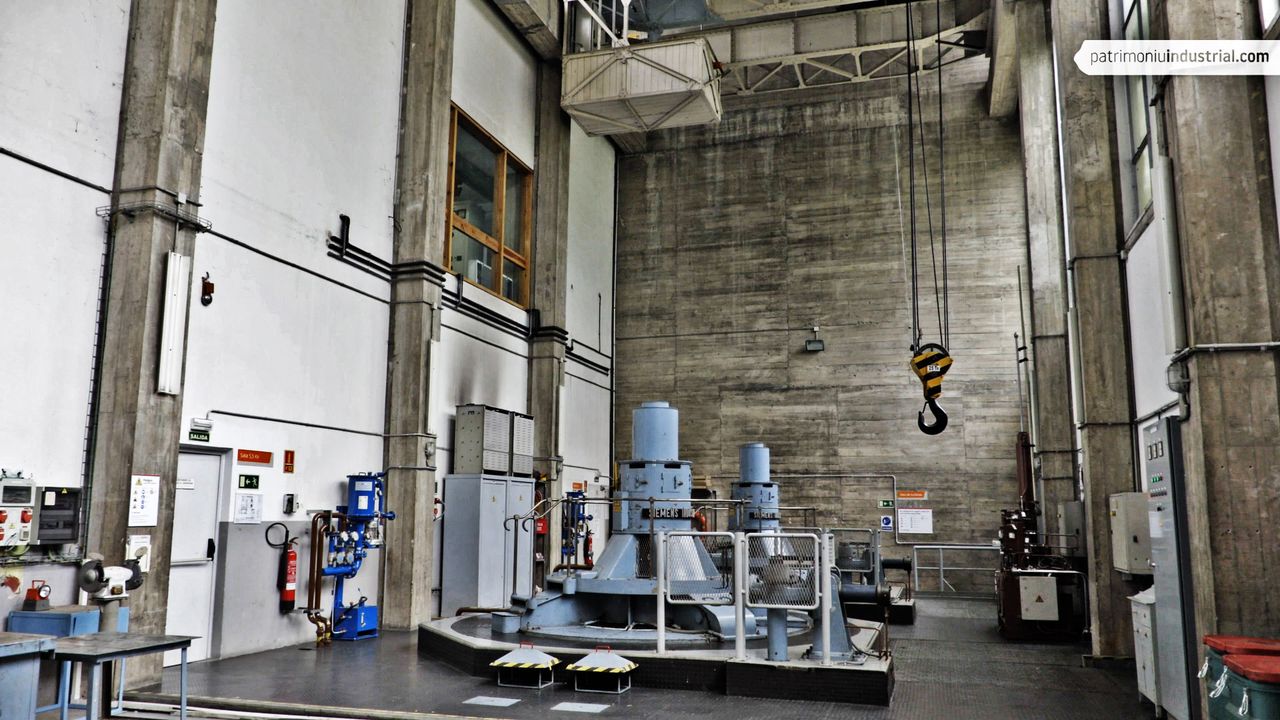
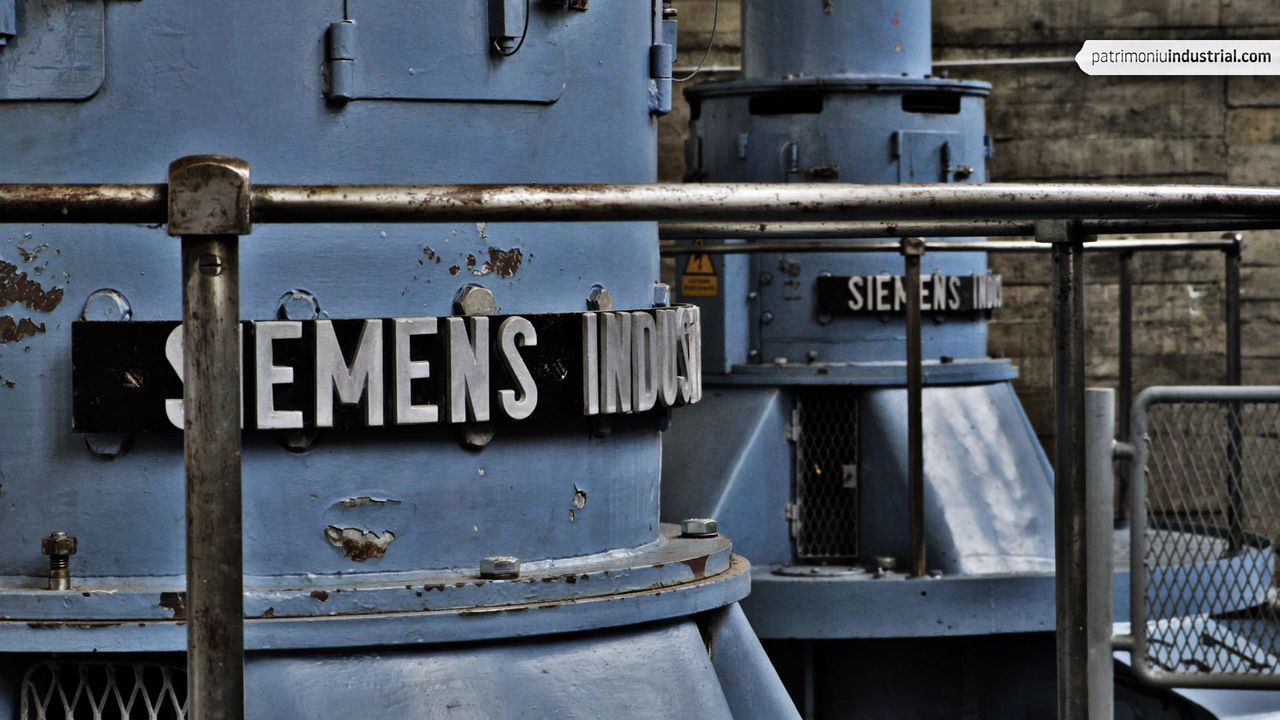

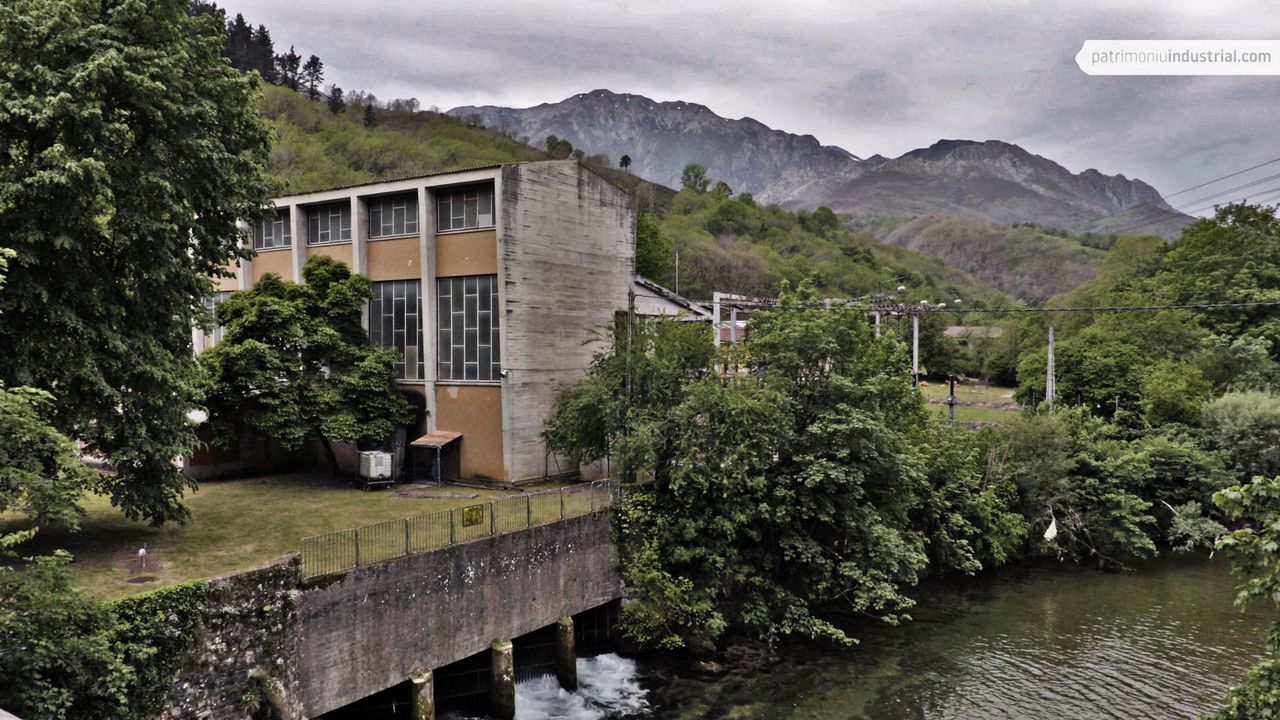
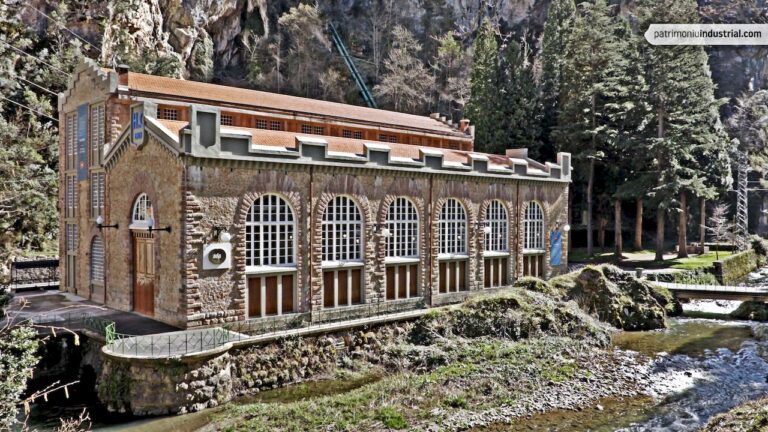
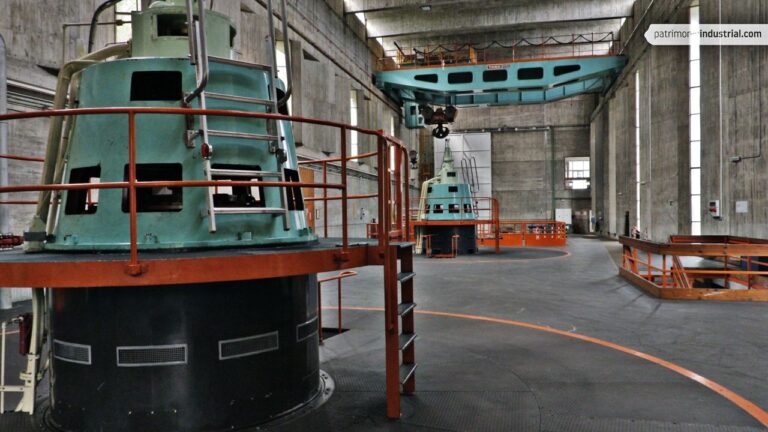
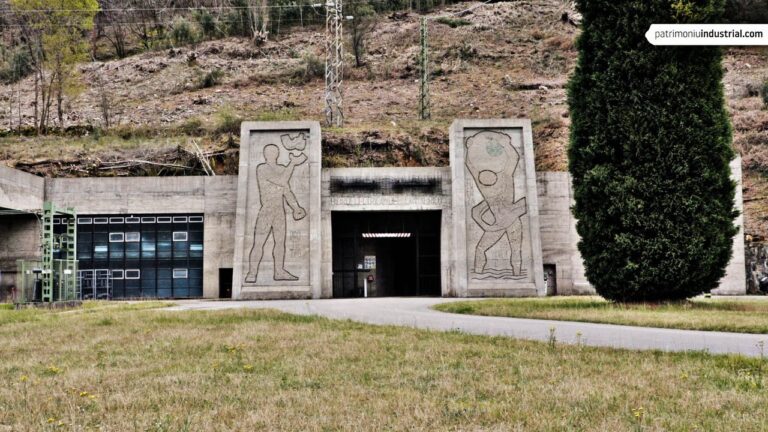

Recent Comments